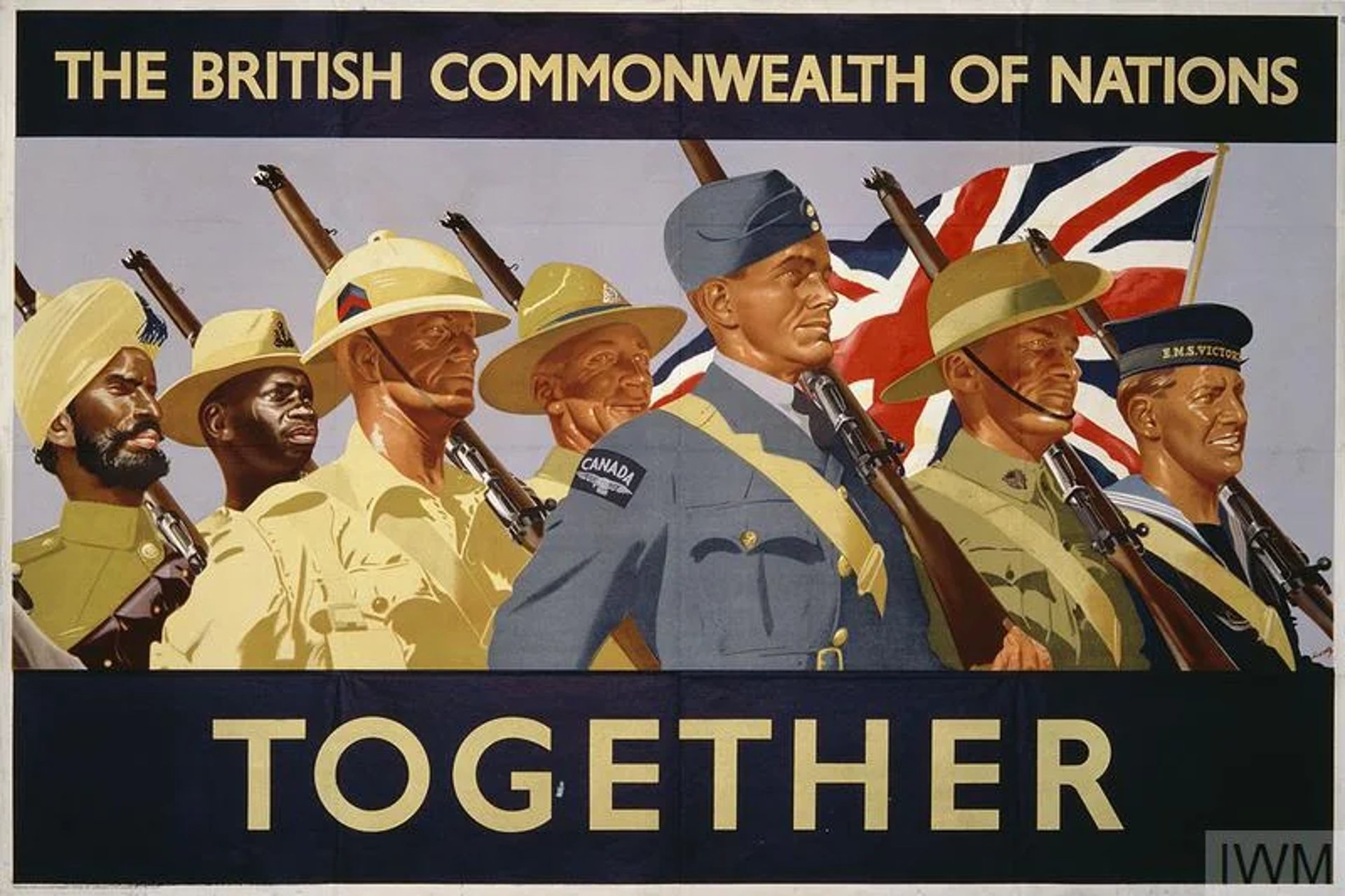
You didn’t come this far to stop
The Breakdown of Singapore’s Defense
Episode 29: A Story of Mismanagement and Japanese Precision
As the Pacific War loomed closer, Singapore’s air defense strategy unraveled in the face of Japanese aggression. This episode highlights the shortcomings of the Royal Air Force (RAF) in Malaya and Singapore, drawing comparisons to the Japanese forces that overwhelmed them. We delve into the structural flaws, command failures, and poor communication that contributed to the British defeat, analyzing key observations by RAF officers like Burleson Rath and Flight Lieutenant Bullock. By exploring these details and comparing them directly to their Japanese counterparts, we uncover the stark disparities that led to one of World War II's most significant military collapses.
WW2 HISTORYDESCENT INTO HELLIN THEIR FOOTSTEPS BLOG
Toursofwar.com
8/11/20245 min read
Bond vs. Badminton
Internal Command Conflicts
One of the most significant contributors to the disarray in Singapore’s defense was the animosity between General Bond and Vice Marshal Badminton. This deep-seated conflict permeated the chain of command and had a debilitating effect on cooperation between the Army and Air Force. Their rivalry stymied any attempts at cohesive planning, as both commanders resisted working together on a unified strategy.
The breakdown in communication and coordination meant that instead of working towards a common goal, commanders often had conflicting objectives. This fracture at the highest levels of command trickled down to subordinate commanders, further crippling any chance of unified defense.
Airfield Defenses


When Flight Lieutenant Burleson Rath submitted his report to Air Vice-Marshal Pulford, highlighting Singapore’s glaring structural weaknesses, it was dismissed by General Percival. Percival’s refusal to take a second lieutenant seriously was a classic case of British professional snobbery, a misjudgment that would have dire consequences. Rath, though inexperienced in military ranks, was an astute businessman capable of identifying organizational inefficiencies.
Pulford, having recognized the substance of Rath’s report, forwarded it to Percival, who quickly dismissed it. The structural weaknesses that Rath identified included poor airfield defenses and lack of coordination with the army, crucial problems that went unaddressed due to the dismissive attitude of the high command.
Lack of Preparedness
The Report That Was Ignored
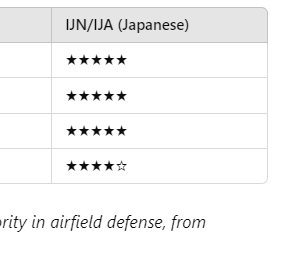

British Vulnerabilities vs. Japanese Precision
Despite building airfields across Singapore and Malaya, the British failed to properly defend these crucial military installations. Poor camouflage, inadequate anti-aircraft defenses, and a lack of ground force cooperation left the airfields exposed to Japanese attack.
Japanese airfields, in contrast, were heavily fortified, with superior placement of anti-aircraft batteries and well-camouflaged defenses. They also had better coordination between their air force and ground forces, which enabled more cohesive and effective defense strategies.
Burleson Rath’s Critical Findings
Did You Know?


Did you know that despite their military rank, many of the RAF officers in Singapore came from civilian professions? Flight Lieutenant Burleson Rath, for example, was a successful businessman before the war, and his critical observations on the defense flaws were dismissed simply because he was a second lieutenant, highlighting the British military’s dangerous rank-based snobbery.
Communication Systems
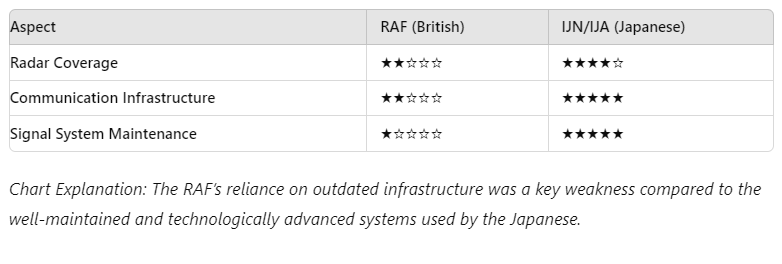

Communication Failures: RAF’s Vulnerabilities
The RAF’s communication systems were fragmented, relying on a combination of outdated telephone networks, teleprinters, and radios. The telephone network was especially vulnerable, passing through civil exchanges without emergency lines, making it easy for the Japanese to exploit. Meanwhile, the Japanese had advanced early warning radar systems that gave them an edge in detecting British aircraft and planning attacks.
Despite two radar units in Singapore and plans for five more in Malaya by late 1941, the British lagged behind the Japanese in communication sophistication, leaving their airfields and stations exposed.
A Broken Network
Bullock’s Observations
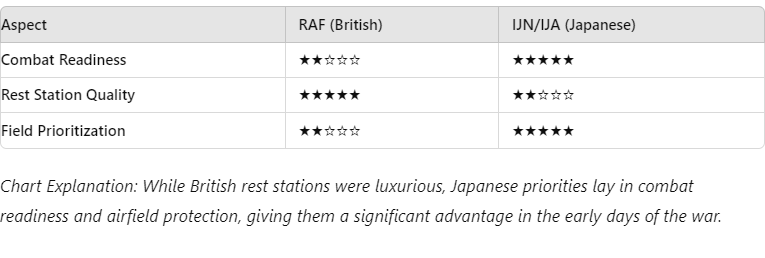

Flight Lieutenant Bullock’s observations of British rest stations at Seletar painted a picture of luxurious comfort, with palatial messes, tennis courts, swimming pools, and golf courses within view of the Johor Strait. This starkly contrasted with the underprepared airfields that desperately lacked proper camouflage and protection.
The Japanese, by comparison, maintained airfields that were functional, well-defended, and focused on wartime readiness. The British focus on luxury rather than preparedness further highlights their overconfidence and misplaced priorities.
A Stark Contrast
Did You Know?
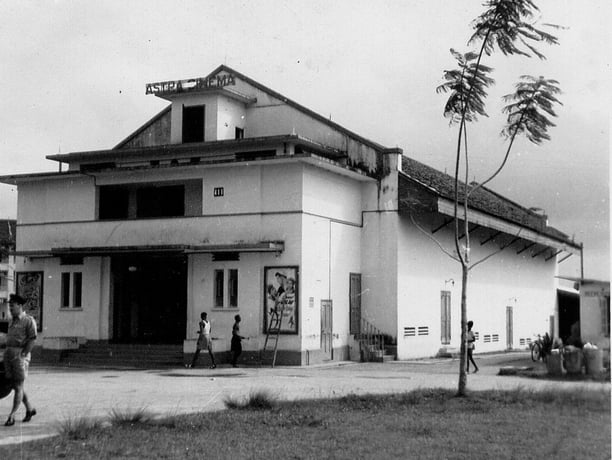

Did you know that the British airfields in Malaya were so poorly camouflaged that some, like the one in Kuntan, stood out “like a fire on an ocean”? This lack of proper concealment made them easy targets for Japanese bombers, who were able to identify and destroy these critical installations with ease.
The Overconfidence of the RAF


The RAF entered the Pacific War with a false sense of superiority, underestimating Japanese air forces. With outdated aircraft, insufficient pilot training, and poor intelligence, the British were ill-equipped to face the modern, highly trained Japanese pilots. Japanese forces, by contrast, were well-prepared and strategically focused, leaving the RAF scrambling in the face of a superior enemy.
RAF’s Overestimation of Capabilities
Conclusion
The Breakdown of British Air Defenses
The collapse of British air defenses in Singapore can be attributed to a combination of mismanagement, communication failures, and underestimation of Japanese capabilities. Flight Lieutenant Burleson Rath’s overlooked report, along with the luxurious priorities of British rest stations, only exacerbated these weaknesses.
The Japanese forces, meanwhile, demonstrated superior planning, coordination, and execution, overwhelming the British at every turn. Their air superiority was not just a result of numbers, but of strategic organization and readiness.
The RAF’s inflated confidence, reliance on outdated communication systems, and inadequate airfield protection led to one of the greatest defeats in British military history. Lessons from this collapse remind us that even the best-trained forces can falter when leadership and strategy fail to adapt to the realities of war.
How You Can Help
Donations and Sponsorships: We are seeking corporate sponsorships and donations to fund ongoing restoration projects and educational programs. Your support can make a significant difference in maintaining the quality and impact of the museum.
Volunteer Opportunities: If you have expertise or time to offer, consider volunteering with us. There are many ways to get involved, from artifact restoration to educational outreach.
Spreading the Word: Share this blog and our mission with your network. The more people who know about the JEATH War Museum and its significance, the greater the impact we can achieve together.
The St Andrews Research Team is dedicated to preserving the legacy of the Thai-Burma Railway and the memories of those who suffered. We need your support to continue our work. There are several ways you can help:
Join the Cause!
If you or someone you know is interested in supporting this cause, please get in touch.
This is a chance to be part of something truly meaningful and impactful.
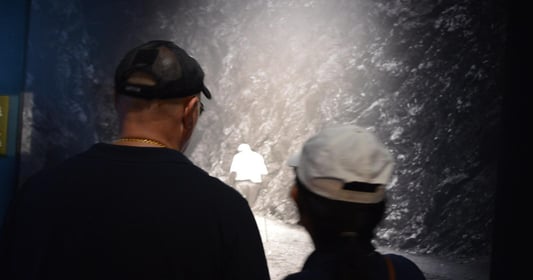

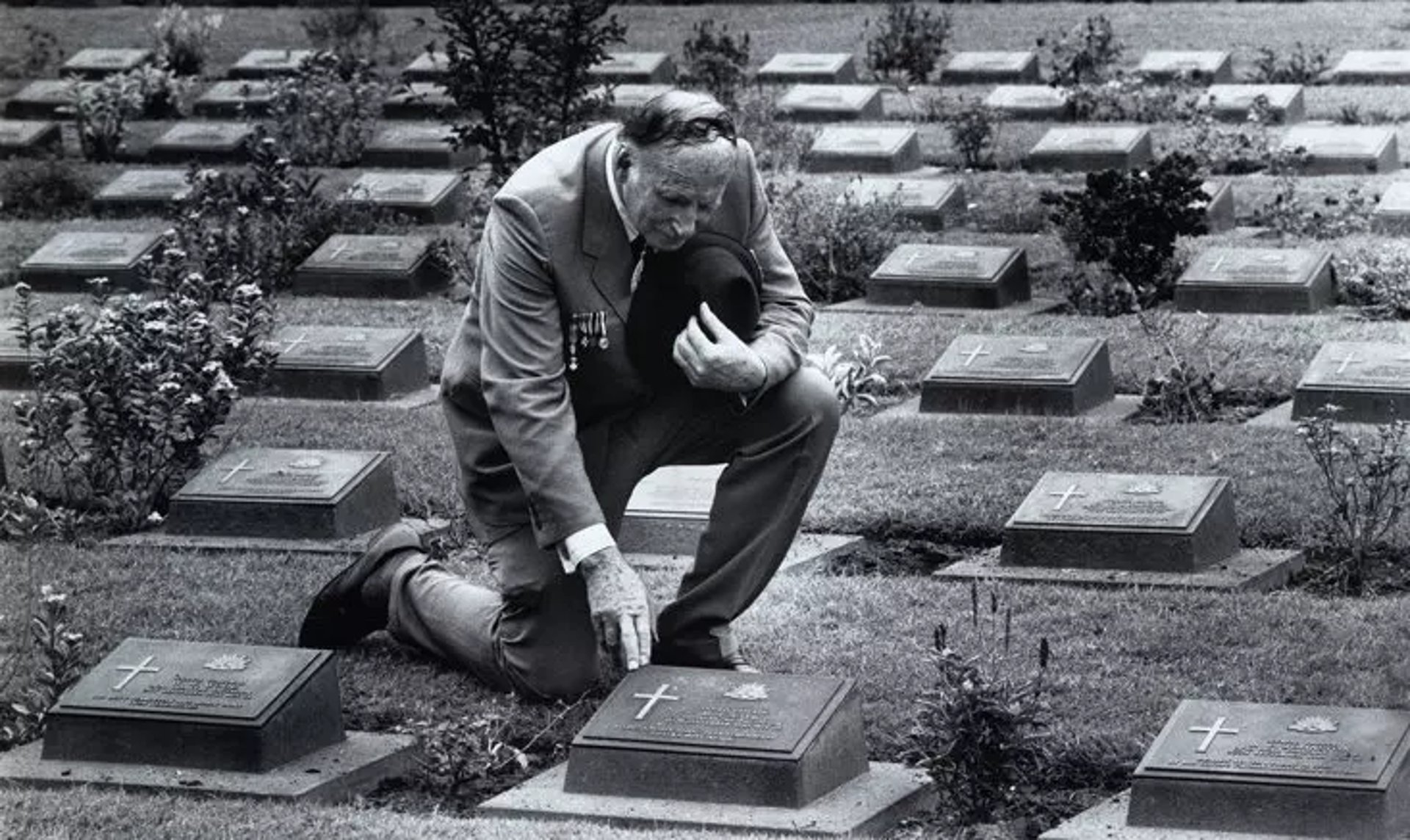
Together, We Can Make a Difference!
This is a veteran-run project, and we need your help to make it happen. Stand with us in honoring the legacy of the POWs and ensuring their stories are never forgotten.
